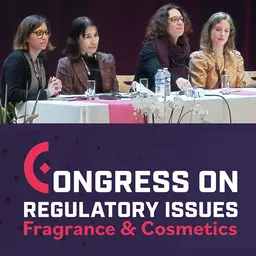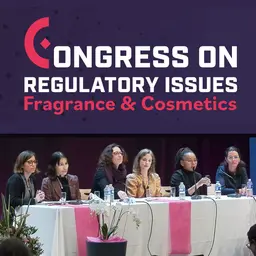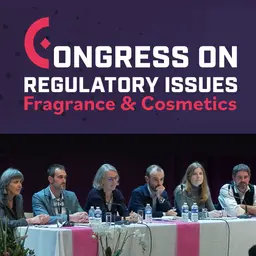
OTC or cosmetic, Drug Facts, Broad Spectrum, UVA logo, PA, UVA/UVB protection ration… If there is a category of cosmetic products for which regulatory requirements and labelling are not harmonised, it is the one of sunscreen products. The round table on this topic, held during the Cosmetic World Tour organised by the FEBEA (French Federation of Beauty Companies) on 19 and 20 September 2016, detailed the current situation country by country.
Jointly moderated by Tiphaine Daubert Macia from Chanel and Isabelle Orquevaux Hary from L’Oréal, this round table reviewed the most emblematic and important markets in terms of business for solar products: Canada, the United States, Brazil, Europe, Saudi Arabia, South Africa, Russia, Korea, China, Japan and Australia.
The speakers first explained the rules that apply to primary sunscreens (beach products), whose main claim is sun protection, before moving on to secondary sunscreens (care or make-up products with SPF).
Primary sunscreen products
Only the European Union provides a definition of primary sunscreen products in its 2006 Recommendation: “Any preparation (creams, oils, gels, sprays) intended to be placed in contact with the human skin, exclusively or mainly to protect it from UV radiation by absorbing, scattering or reflecting it.”
The two words “exclusively and principally” clearly target the primary function of the product, and this definition thus includes, regardless of their SPF index
• “Beach products” intended for sun protection of the body and face, as it is conceived for the beach
• But also “city care products”, whose main function is sun protection in everyday life, even if they may have secondary claims such as anti-pollution
Regulatory status
These products …













